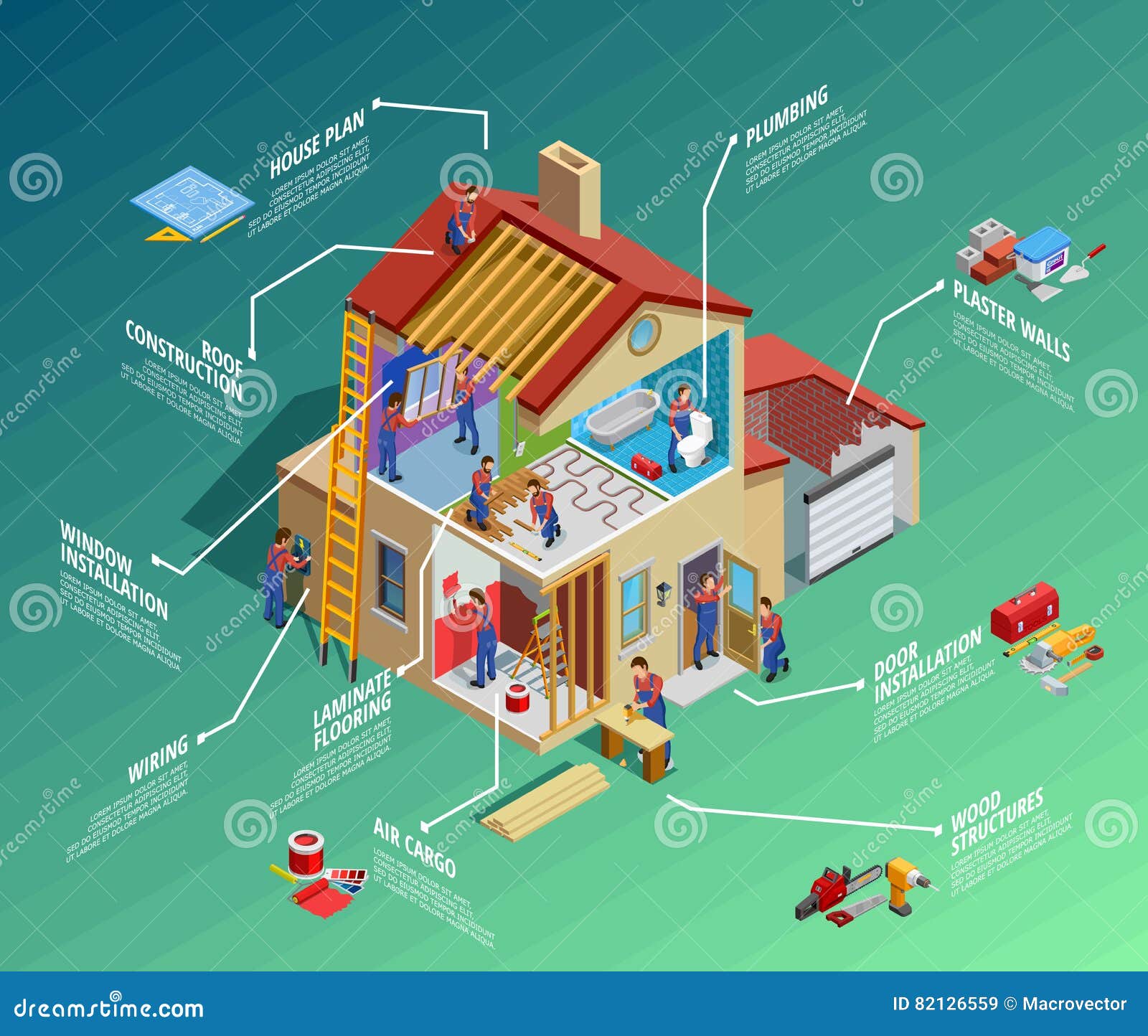Exactly How Climate Impacts Your Roofing System: A Newbie'S Guide
Exactly How Climate Impacts Your Roofing System: A Newbie'S Guide
Blog Article
Post Composed By-Spencer Lohmann
When it comes to your roofing system, the weather plays an essential duty in its overall wellness and life-span. You may not realize exactly how rain can cause leakages or exactly how heavy snow can stress the framework. Even the sun's relentless rays can degrade your roof materials in time. It's important to recognize these effects, however what can you do to protect your roof from the elements? Exploring maintenance approaches and product options could be crucial to ensuring your roofing system stands strong versus whatever Nature tosses its method.
Impacts of Rain on Roof
Rain can be a quiet enemy to your roofing, causing both immediate and long-term damage. When water seeps into fractures or voids, it can cause leaks, which might disappoint up right away. You could observe a discolor on your ceiling, yet by then, the wetness could have currently compromised your roofing structure.
Over time, regular exposure to rain can damage roofing materials. Shingles may warp, crinkle, and even disintegrate, leaving your home prone to more water intrusion. Mold and mildew and mold flourish in damp problems, which can jeopardize your interior air quality and lead to health and wellness issues.
Standing water on your roofing can also trigger major troubles. It includes unneeded weight, increasing the threat of structural failure. And also, it can increase the degeneration of your roofing materials, making replacements extra frequent and costly.
To secure your roof covering, guarantee your rain gutters are clean and working effectively to divert rainwater away. Routine assessments can help you capture potential problems before they escalate.
Taking these actions now can conserve you time and money in the long run, keeping your home safe and completely dry.
Effect of Snow and Ice
When winter months gets here, snow and ice can present significant risks to your roof covering, similar to rainfall. Built up snow can be rather heavy, and if it does not glide off, it can create a dangerous tons that your roofing mightn't have the ability to support. This pressure can cause sagging, leakages, or even structural failing.
Ice can likewise trigger troubles, especially with ice dams. When snow on your roof melts, it can stream down and refreeze at the eaves, developing a dam that protects against proper water drainage. Water after that supports under roof shingles, causing leaks and water damage inside your home.
To shield your roofing system, it's essential to maintain gutters clear of debris, enabling correct water drainage. Frequently examining your roof covering for indicators of wear and damage can assist catch problems early.
If you notice a considerable quantity of snow, think about employing a professional to remove it securely. Remember, it's far better to be aggressive regarding snow and ice than to manage pricey repair services in the future. Taking these actions can aid guarantee your roofing system stands up to the winter months without significant issues.
Sunlight and Temperature Challenges
While you could appreciate warm days, extended exposure to sunlight and severe temperature levels can be damaging to your roof covering. UV rays can break down roofing products over time, resulting in warping, fracturing, or fading. If your roofing system's tiles are made from asphalt, they may come to be fragile under intense heat, making them extra susceptible to damage.
Furthermore, high temperatures can raise the risk of thermal growth. As small remodeling contractors near me broaden throughout the heat of the day and contract in the evening, this constant cycle can develop stress and anxiety on your roofing system, potentially creating leaks or other architectural problems.
You might likewise notice enhanced energy prices as your air conditioning system functions more challenging to fight heat build-up in your attic.
It's essential to choose roofing materials that can withstand your neighborhood environment's temperature variations. Light or reflective roof covering can help in reducing warm absorption, while correct ventilation in your attic room can preserve a balanced temperature.
Routine inspections and upkeep can additionally catch troubles early, ensuring your roofing system stays in optimum condition. By remaining flooring installation contractor , you'll secure your investment and extend your roof covering's lifespan despite the difficulties positioned by sunshine and temperature level extremes.
Conclusion
Finally, comprehending just how weather influences your roofing system is crucial for keeping its stability and longevity. Rain can cause leakages, snow and ice can produce hefty tons, and long term sun exposure can create materials to break down. By remaining proactive with regular upkeep and selecting the best materials, you can safeguard your roofing from the elements. Keep in mind, a well-maintained roofing not just boosts your home's worth yet also maintains you safe and comfortable for several years to find.
